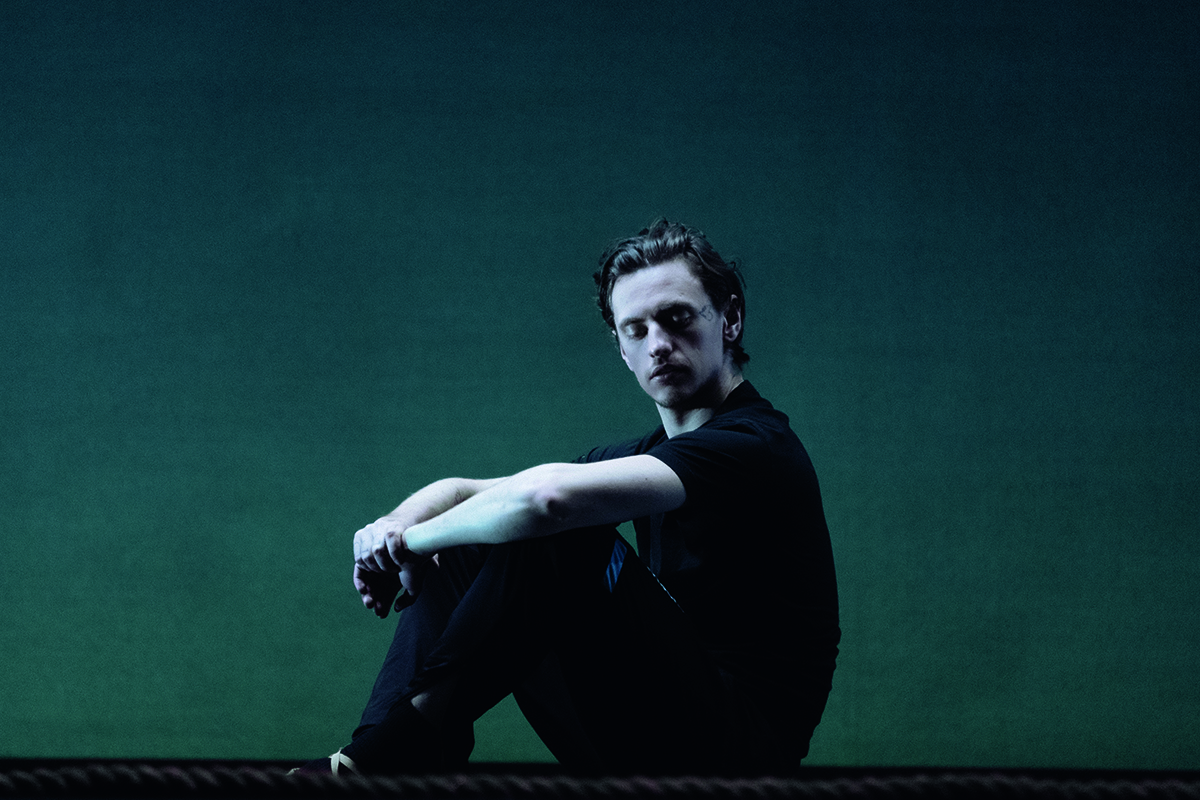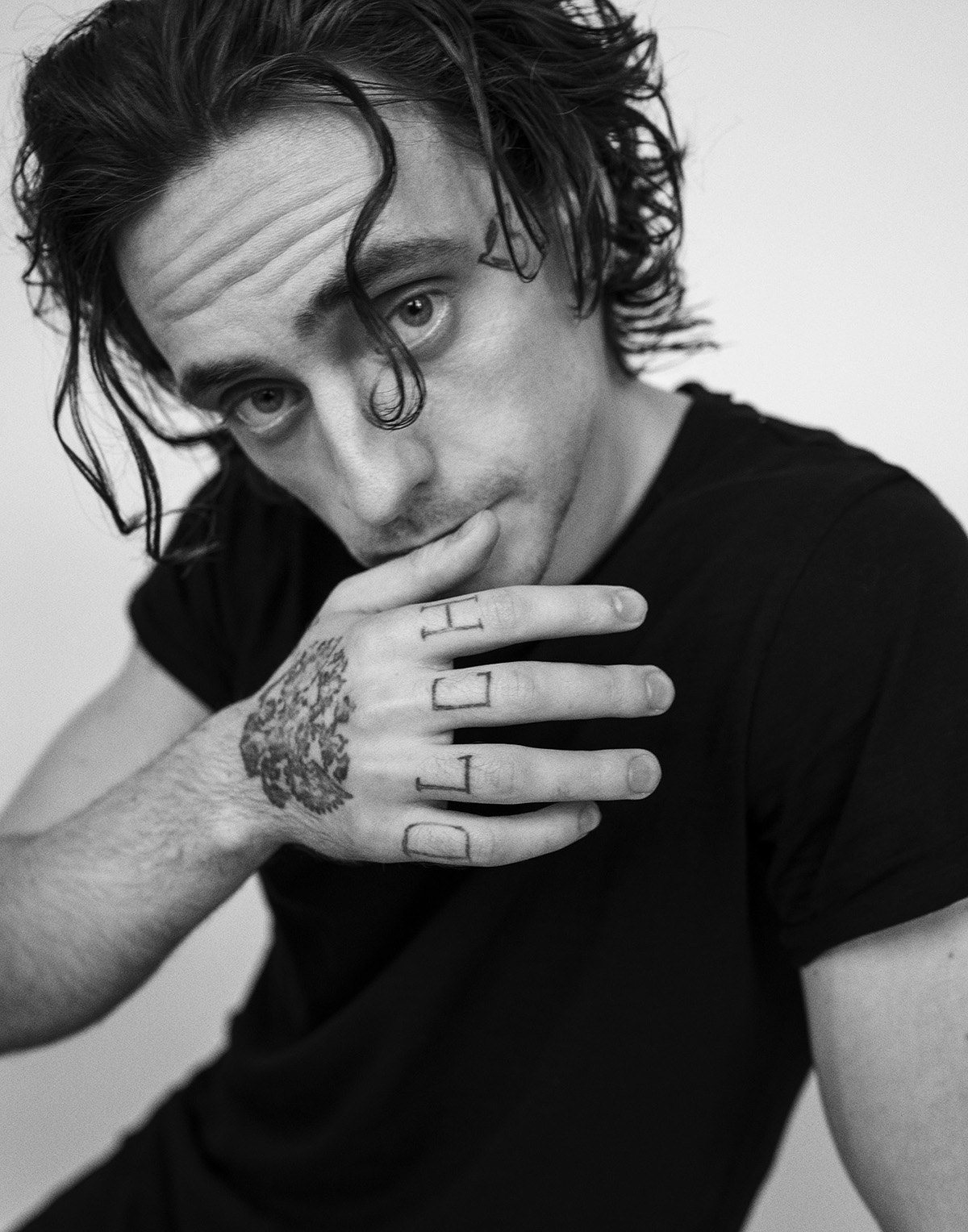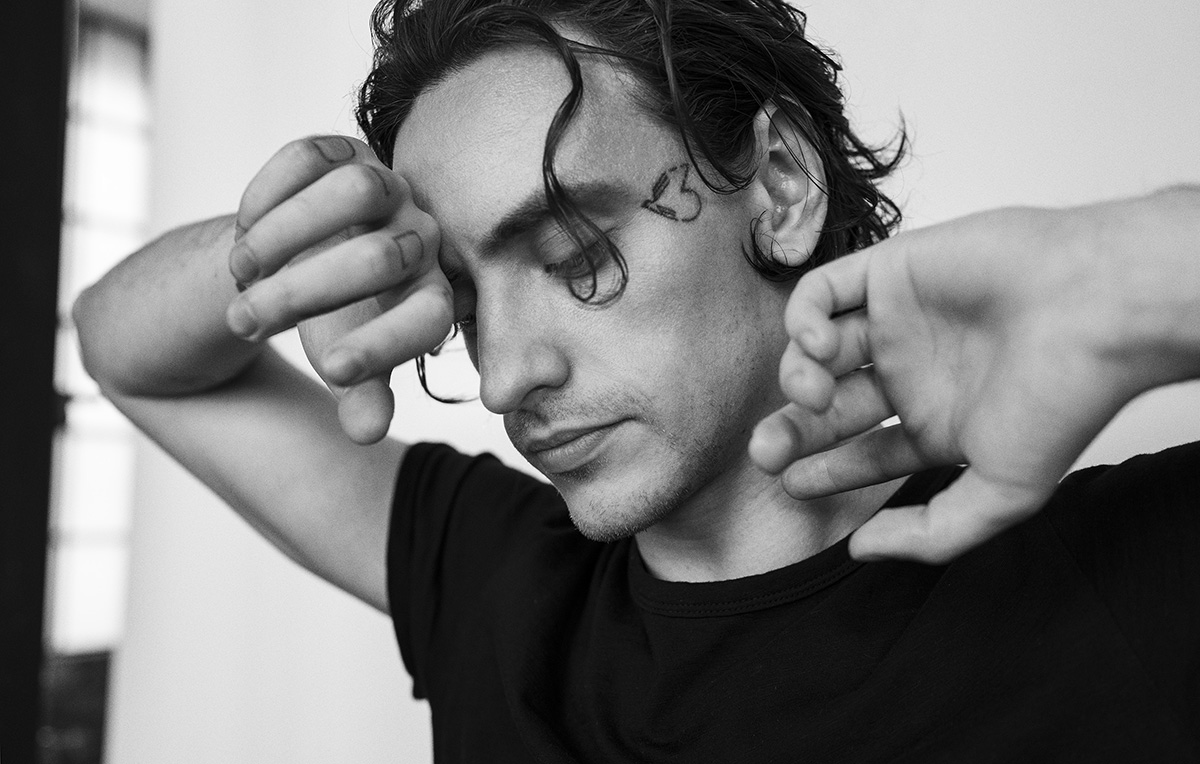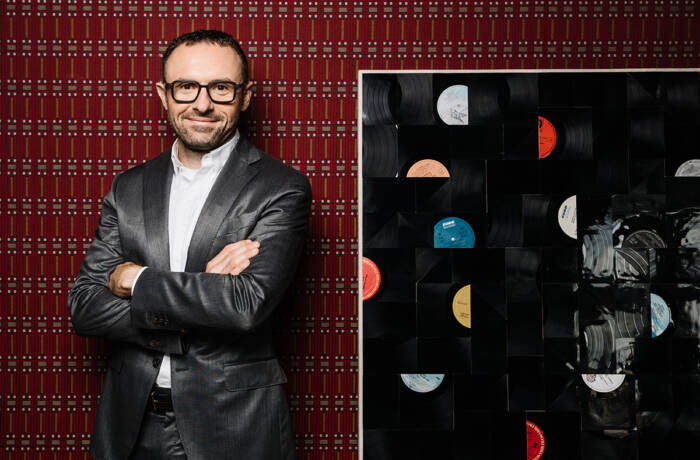
Ballet dancer, actor and entrepreneur Sergei Polunin. Image by Alex Kerkis
Tattooed, athletic and outspoken, ballet maestro Sergei Polunin has a way of keeping everyone on their toes. LUX talks to the dancer, actor and entrepreneur about his internet-breaking video for Hozier, working with Kenneth Branagh, and dancing in virtual reality
1. Can you describe your style of dancing?
It’s a combination of having trained in two different countries: Russia, with its classical training, precise technique and good clean positions, and England, where there is a lot of acting and expression in every movement.
2. Are you a rule-breaker?
I actually enjoy following the rules when it comes to ballet. When you’re training, you need to follow a very strict path, but in order to perform, you need to feel free. During performances, I try to discard the rules and translate what I feel for the audience.
Follow LUX on Instagram: luxthemagazine
3. Your feelings about ballet institutions seem untraditional, though?
I’m trying to build an alternative system to compete with the old theatre system, which has been going since the 1800s, where ballet dancers are signed up and then are told exactly what to do for their whole career. They’re not allowed any representation or to negotiate for money or to choose their next project – like old Hollywood. I’m working with the government to offer dancers more money and freedom and to create some healthy competition.
4. What is the biggest misconception about male ballet dancers?
That they are silly or feminine. I was never bullied for dancing, though; I’ve always considered it a man’s job. Boxers learn dancing to improve their flexibility and to hide emotions. Just as a dancer never shows how hard they are working, a fighter hides where his next punch is coming from. Also, if you choose to study ballet, you’ll be surrounded by girls! That would never happen with football.
5. Did you expect Hozier’s ‘Take Me to Church’ video with your dance to go viral?
Not really, no. When they filmed the video, I had been thinking about quitting dancing for acting, so I wasn’t in the best shape at the time. I’m happy that so many people appreciated it but I still see lots of technical mistakes!


Here and above: Sergei Polunin photographed by Morgan Norman
6. How do you connect with the audience when you are dancing in an arena?
Performing for that many people gives me more energy. I could actually dance larger, perform bigger! It’s important to show that ballet can work for big stadium audiences, too.
7. What great traditional ballet roles are left for you to perform?
So many amazing dancers have already performed these roles, I don’t think I could add anything. I want to create new things instead.
Read more: Van Cleef & Arpels CEO Nicolas Bos on the poetry of jewellery
8. Are there any stories begging to be made into a ballet?
Many! You can turn anything into a ballet. Imagine a Marvel or DC comic and dancing as the Joker or the Penguin.
9. How about a ballet about the Kardashians?
Absolutely! Dance has no boundaries. You can dance as a chess piece, a planet, a myth, a god.
10. What do you think is the future of dance?
Virtual reality and 3D technology are the perfect mediums for dance. Once a dance is done, how can the performance be saved forever? I think virtual reality is the answer.
11. You’ve acted in films directed by Kenneth Branagh and Ralph Fiennes. Did they give you any acting advice?
They didn’t have too many corrections on set. I think as an actor you transfer your personal energy into the role. Some actors just make you want to look at them, like Mickey Rourke or Marlon Brando on screen – I don’t care what they’re doing or saying, I just look at them.
12. Can you imagine a life without dancing?
Dance is my centre and my core. I always come back to it. It comes easily to me, but I don’t spend time thinking about it. I pursue other things like acting and I’m building a foundation to bring together financing, resources and people to develop and fund creative projects. I want to support different kinds of talents – choreographers, lighting designers, costume designers, painters, film directors, playwrights.
Discover more: poluninink.com
This interview was originally published in the Summer 2020 Issue.









